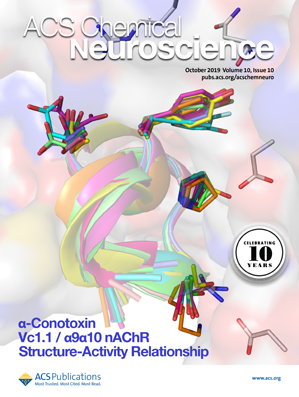Chocolate pattern-inspired flexible thick electrodes: A facile mechanical imprinting method
IF 4.1
3区 医学
Q2 BIOCHEMISTRY & MOLECULAR BIOLOGY
引用次数: 0
Abstract
Inspired by chocolate patterning, this paper proposes a facile mechanical imprinting method for constructing novel flexible thick electrodes in response to the rapid development of multifunctional batteries. Appropriately designed imprinting of the active layer in a semi-dry state during the drying process can introduce stable ridge-slot patterns within the thick electrodes, which requires only low-cost and scalable templates with minimal modifications to the electrode fabrication process. Due to imprinting introducing ion transport channels in the electrode thickness direction, electrochemical cycling performance of imprinted thick electrodes can be significantly enhanced compared to conventional thick electrodes. For high C-rate conditions, the areal capacity of the thick electrode can be increased by up to approximately 225 % due to the imprinting, while the cycling remains stable. More interestingly, these thick electrodes with ridge-slot patterns exhibit remarkable flexibility due to the fact that the slot portion acts as a “joint”. The capacity loss of a pouch cell containing the imprinted electrode loses only about 4 % of its capacity after 10,000 bending cycles. Based on these results, this work provides a novel pathway for the development of flexible thick electrodes for multifunctional high-capacity batteries.巧克力图案启发的柔性厚电极:一种简便的机械压印方法
受巧克力图案的启发,本文提出了一种简便的机械压印方法,用于构建新型柔性厚电极,以应对多功能电池的快速发展。在干燥过程中,对处于半干状态的活性层进行适当的压印设计,可在厚电极中引入稳定的脊槽图案,这只需要低成本和可扩展的模板,对电极制造工艺的改动极小。由于压印在电极厚度方向上引入了离子传输通道,与传统的厚电极相比,压印厚电极的电化学循环性能可显著提高。在高 C 速率条件下,由于压印作用,厚电极的面积容量最多可增加约 225%,同时循环性能保持稳定。更有趣的是,这些带有脊槽图案的厚电极具有显著的柔韧性,这是因为槽的部分起到了 "连接 "的作用。含有压印电极的袋式电池在经过 10,000 次弯曲循环后,容量损失仅为原来的 4%。基于这些结果,这项研究为多功能高容量电池柔性厚电极的开发提供了一条新途径。
本文章由计算机程序翻译,如有差异,请以英文原文为准。
求助全文
约1分钟内获得全文
求助全文
来源期刊

ACS Chemical Neuroscience
BIOCHEMISTRY & MOLECULAR BIOLOGY-CHEMISTRY, MEDICINAL
CiteScore
9.20
自引率
4.00%
发文量
323
审稿时长
1 months
期刊介绍:
ACS Chemical Neuroscience publishes high-quality research articles and reviews that showcase chemical, quantitative biological, biophysical and bioengineering approaches to the understanding of the nervous system and to the development of new treatments for neurological disorders. Research in the journal focuses on aspects of chemical neurobiology and bio-neurochemistry such as the following:
Neurotransmitters and receptors
Neuropharmaceuticals and therapeutics
Neural development—Plasticity, and degeneration
Chemical, physical, and computational methods in neuroscience
Neuronal diseases—basis, detection, and treatment
Mechanism of aging, learning, memory and behavior
Pain and sensory processing
Neurotoxins
Neuroscience-inspired bioengineering
Development of methods in chemical neurobiology
Neuroimaging agents and technologies
Animal models for central nervous system diseases
Behavioral research
 求助内容:
求助内容: 应助结果提醒方式:
应助结果提醒方式:


